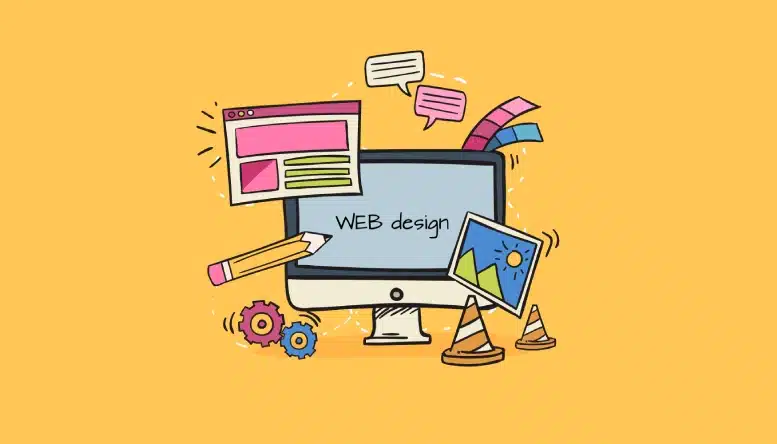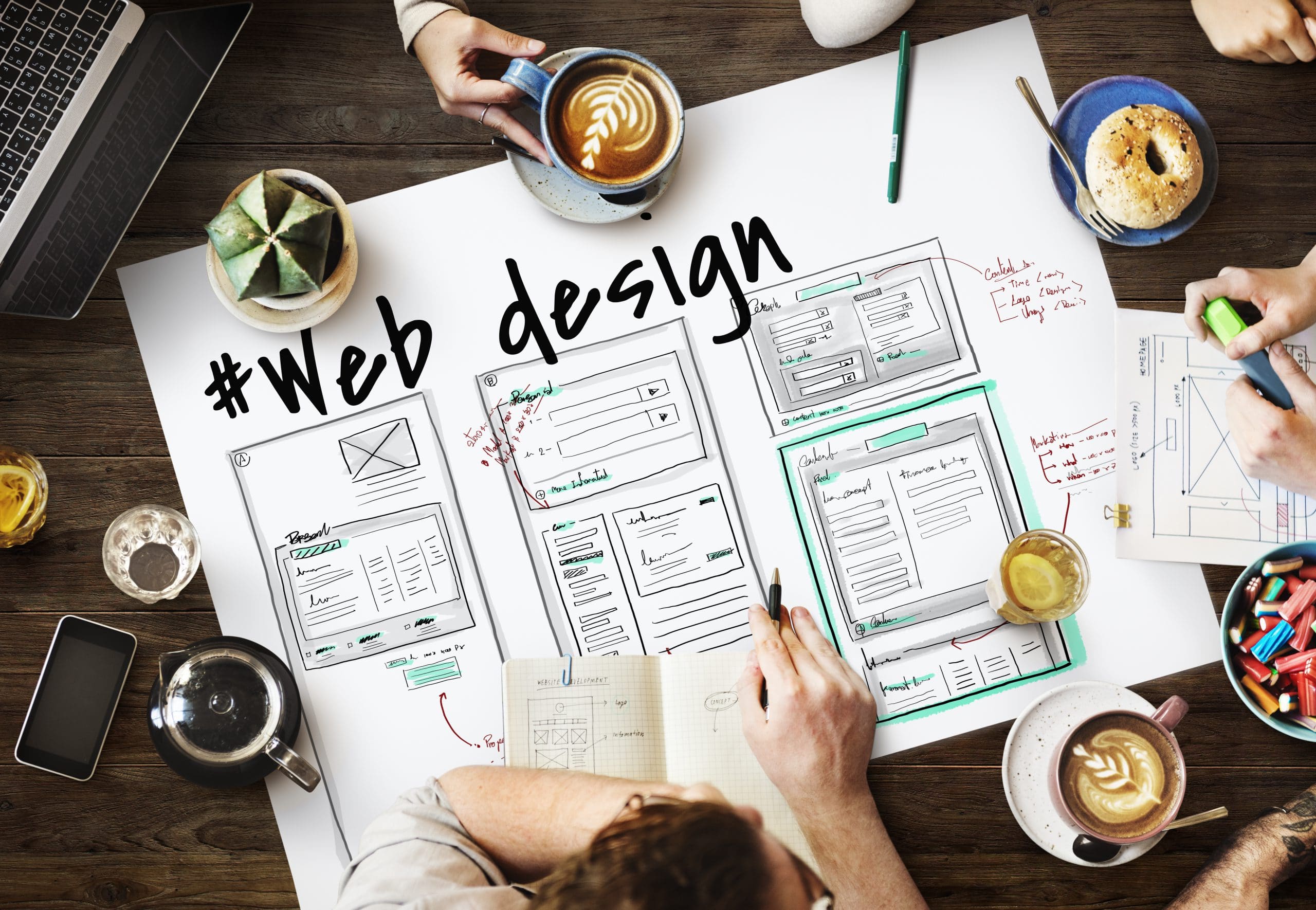Aligned Position Web Design: Delivering High-Quality, User-Friendly Web Designs for Every Industry
Aligned Position Web Design: Delivering High-Quality, User-Friendly Web Designs for Every Industry
Blog Article
The Most Effective Kinds Of Web Style to Enhance Individual Experience and Involvement
In the ever-evolving landscape of electronic interaction, the performance of Web layout dramatically affects individual experience and engagement. Various design methods, such as minimal, receptive, and interactive formats, each deal unique benefits that can provide to diverse individual demands.
Minimal Website Design
As electronic landscapes end up being increasingly chaotic, minimalist Web design has arised as a powerful strategy to improving user experience. This layout philosophy prioritizes simpleness, concentrating on crucial aspects while eliminating unnecessary distractions. By utilizing enough white space, straightforward navigation, and a limited color scheme, minimal style cultivates clearness and guides individual focus to vital content.
The core concept of minimalist Web design is to produce a smooth communication for customers. By decreasing cognitive load, customers can quickly realize information without feeling overwhelmed. This straight approach not just boosts usability yet likewise encourages involvement, as visitors are more probable to explore a site that is simple and aesthetically attractive to browse.
In addition, minimalist layout typically stresses typography and images, making use of these components purposefully to communicate messages successfully. In essence, minimalist Web design is not simply a pattern; it is a thoughtful technique that acknowledges the relevance of user-centered design.
Receptive Website Design
In today's varied electronic setting, responsive website design has actually come to be essential for creating a seamless customer experience throughout a plethora of tools. As customers accessibility websites on mobile phones, tablets, desktops, and laptops, the capability of a web site to adjust its layout and content to various display sizes and resolutions is vital.
Responsive website design employs adaptable grids, photos, and CSS media inquiries to guarantee that Web material is presented ideally, despite the gadget utilized. This approach not just improves the visual appeal of an internet site however likewise considerably improves use. Individuals are more probable to engage with a site that uses a constant experience, as it eliminates the frustration of needing to zoom in or scroll excessively.
By adopting receptive layout, companies can boost their visibility and reach a more comprehensive audience. In summary, receptive Web design is an essential technique that enhances individual experience, involvement, and overall fulfillment.
Interactive Website Design
Responsive website design lays the groundwork for enhancing individual experience, yet interactive Web design takes this a step better by involving customers in a more dynamic method - Aligned Position Web Design. By including components such as animations, clickable prototypes, and real-time comments, interactive website design astounds customers, attracting them into a richer browsing experience
This method not only promotes interaction yet additionally urges customers to explore content actively as opposed to passively consuming it. Techniques such as gamification, where users earn incentives for finishing jobs, can dramatically enhance the time spent on a site and improve general contentment. In addition, interactive attributes can streamline intricate details, making it a lot more my link satisfying and digestible.

Integrating interactive layout elements can likewise bring about higher conversion rates, as individuals are more probable to involve with a website that proactively involves them. Aligned Position Web Design. Eventually, interactive Web layout transforms individual experiences right into memorable trips, ensuring that visitors return time and again
Flat Style
Defined by its minimalistic strategy, level layout stresses simpleness and functionality, stripping away unnecessary elements and focusing on important features. This design viewpoint prioritizes usability, guaranteeing that users can navigate user interfaces easily and performance. By using a tidy visual, flat design eliminates the mess often located in extra luxuriant designs, thereby improving user emphasis on web content and performance.
The trademark of flat layout depends on its use bold colors, view straightforward typography, and geometric forms. These aspects add to an aesthetically enticing interface that is both approachable and modern. In addition, level design cultivates a feeling of clarity, allowing individuals to discern essential activities and info without distraction.
In addition, flat design is specifically efficient in receptive website design, as its simpleness translates well throughout various tools and screen dimensions. The absence of detailed structures and gradients lessens loading times, which is critical for preserving customer interaction. As electronic landscapes remain to advance, flat layout remains an appropriate choice for producing user-friendly web sites that enhance general experience. By concentrating on important attributes, flat style not just meets customer requirements but also urges smooth interaction, making it an essential component of efficient website design methods.
Flexible Website Design
Flexible website design customizes the user experience by creating numerous fixed formats customized to different display dimensions and devices. Unlike responsive style, which fluidly changes a solitary layout, flexible style uses distinctive layouts for certain breakpoints, ensuring optimal discussion on various platforms. This strategy permits developers to concentrate on the distinct qualities of each gadget, enhancing usability by supplying exactly what individuals need based on their context.
Among the key benefits of adaptive Web design is its capacity to maximize tons times and performance. By serving tailored material and images that fit the customer's tool, websites can reduce information use and improve loading rates. This is especially advantageous for customers with slower links or minimal data strategies.

Additionally, adaptive design helps with a much more consistent and controlled branding experience. Considering that developers develop multiple designs, they can guarantee that the aesthetic elements straighten with the brand name's identity throughout different systems - Aligned Position Web Design. This causes a cohesive user experience, improving involvement and advertising user retention
Final Thought
Minimalist style fosters clarity and emphasis, while receptive style guarantees versatility across various tools, advertising availability. Collectively, these design comes close to add to the development of user-friendly environments that not just enhance complete satisfaction but additionally drive greater conversion rates, emphasizing their important significance in contemporary Web design strategies.

Minimal style cultivates clarity and emphasis, while responsive design makes certain adaptability throughout numerous devices, advertising ease of access. Collectively, these layout approaches contribute to the production of user-friendly atmospheres that not only boost satisfaction yet likewise drive higher conversion rates, highlighting their vital significance in contemporary Web style techniques.
Report this page